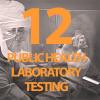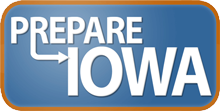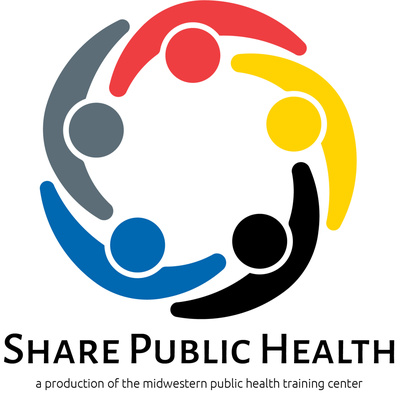
Capability 12: Public Health Laboratory Testing
Definition: Public health laboratory testing is the ability to conduct rapid and conventional detection, characterization, confirmatory testing, data reporting, investigative support, and laboratory networking to address actual or potential exposure to all-hazards. Hazards include chemical, radiological, and biological agents in multiple matrices that may include clinical samples, food, and environmental samples (e.g., water, air, and soil). This capability supports routine surveillance, including pre-eventor pre-incident and post-exposure activities.
Functions and Associated Performance Measures: This capability consists of the ability to perform the functions listed below. Associated CDC-defined performance measures are also listed below.
Function 1: Manage laboratory activities
- Measure 1: Time for sentinel clinical laboratories to acknowledge receipt of an urgent message from the CDC Public Health Emergency Preparedness (PHEP)-funded Laboratory Response Network biological (LRN-B) laboratory
- Measure 2: Time for initial laboratorian to report for duty at the CDC PHEP-funded laboratory
Function 2: Perform sample management
- Measure 1: Percentage of Laboratory Response Network (LRN) clinical specimens without any adverse quality assurance events received at the CDC PHEP-funded LRN-B laboratory for confirmation or rule-out testing from sentinel clinical laboratories
- Measure 2: Percentage of LRN non-clinical samples without any adverse quality assurance events received at the CDC PHEP-funded LRN-B laboratory for confirmation or rule-out testing from first responders
- Measure 3: Ability of the CDC PHEP-funded Laboratory Response Network chemical (LRN-C) laboratories to collect relevant samples for clinical chemical analysis, package, and ship those samples
Function 3: Conduct testing and analysis for routine and surge capacity
- Measure 1: Proportion of LRN-C proficiency tests (core methods) successfully passed by CDC PHEP-funded laboratories
- Measure 2: Proportion of LRN-C proficiency tests (additional methods) successfully passed by CDC PHEP-funded laboratories
- Measure 3: Proportion of LRN-B proficiency tests successfully passed by CDC PHEP-funded laboratories
Function 4: Support public health investigations
- Measure 1: Time to complete notification between CDC, on-call laboratorian, and on-call epidemiologist
- Measure 2: Time to complete notification between CDC, on-call epidemiologist, and on-call laboratorian
Function 5: Report results
- Measure 1: Percentage of pulsed field gel electrophoresis (PFGE) subtyping data results for E. coli O157:H7 submitted to the PulseNet national database within four working days of receiving isolate at the PFGE laboratory
- Measure 2: Percentage of PFGE subtyping data results for Listeria monocytogenes submitted to the PulseNet national database within four working days of receiving isolate at the PFGE laboratory
- Measure 3: Time to submit PFGE subtyping data results for Salmonella to the PulseNet national database upon receipt of isolate at the PFGE laboratory
- Measure 4: Time for CDC PHEP-funded laboratory to notify public health partners of significant laboratory results




